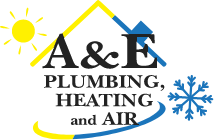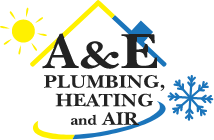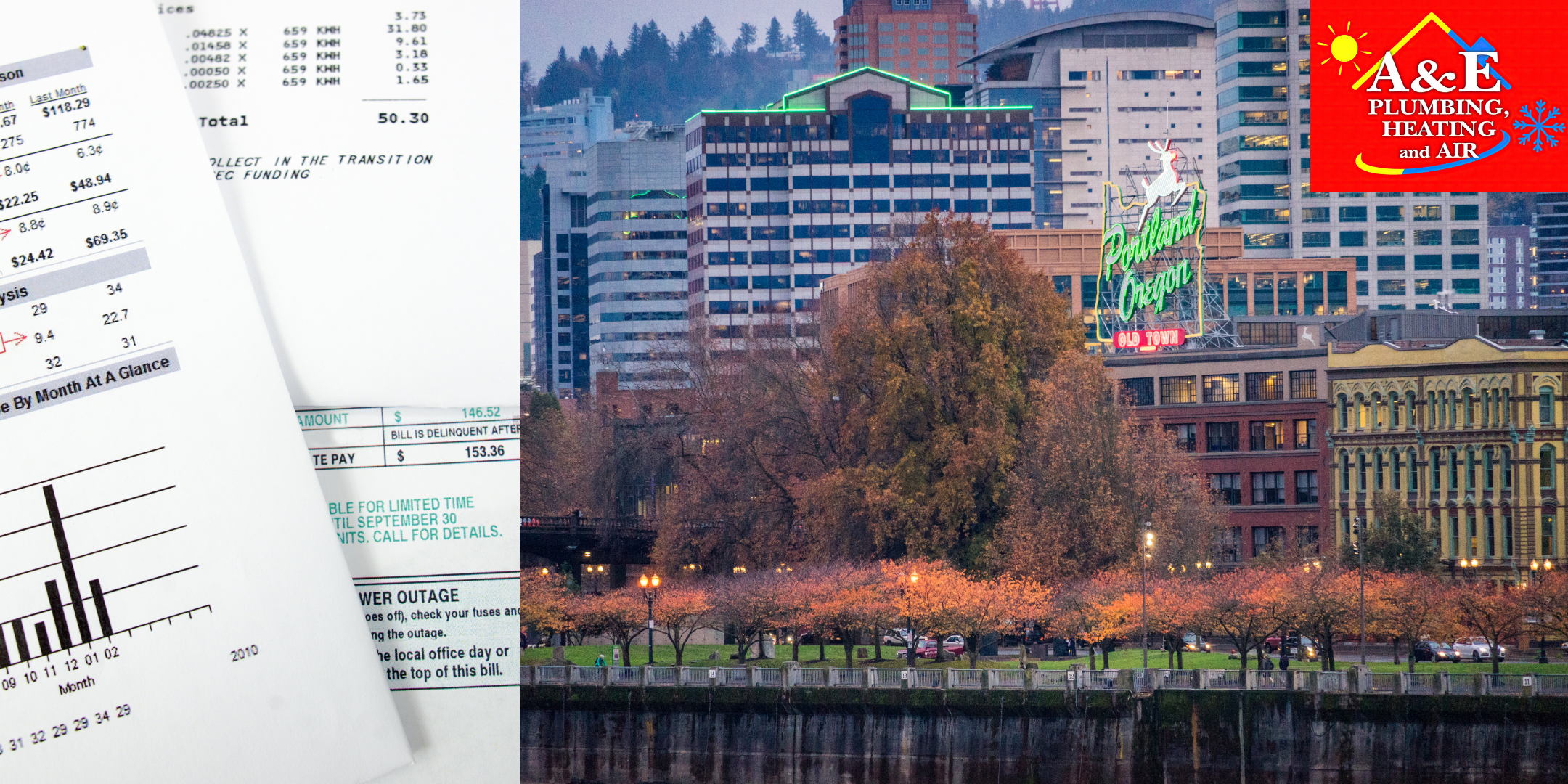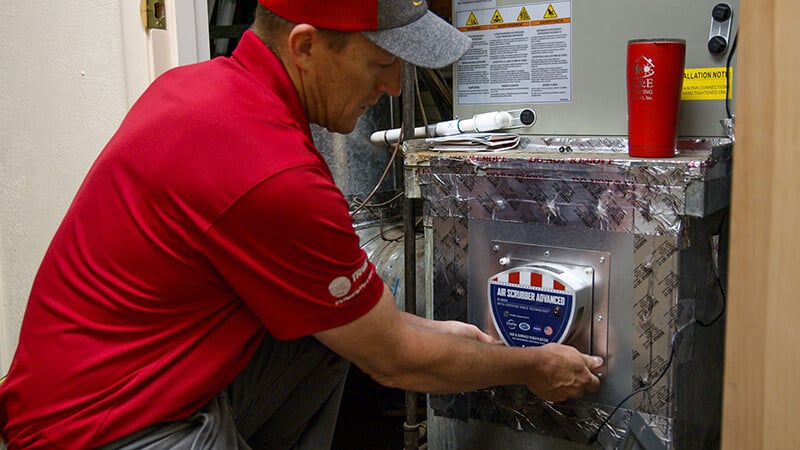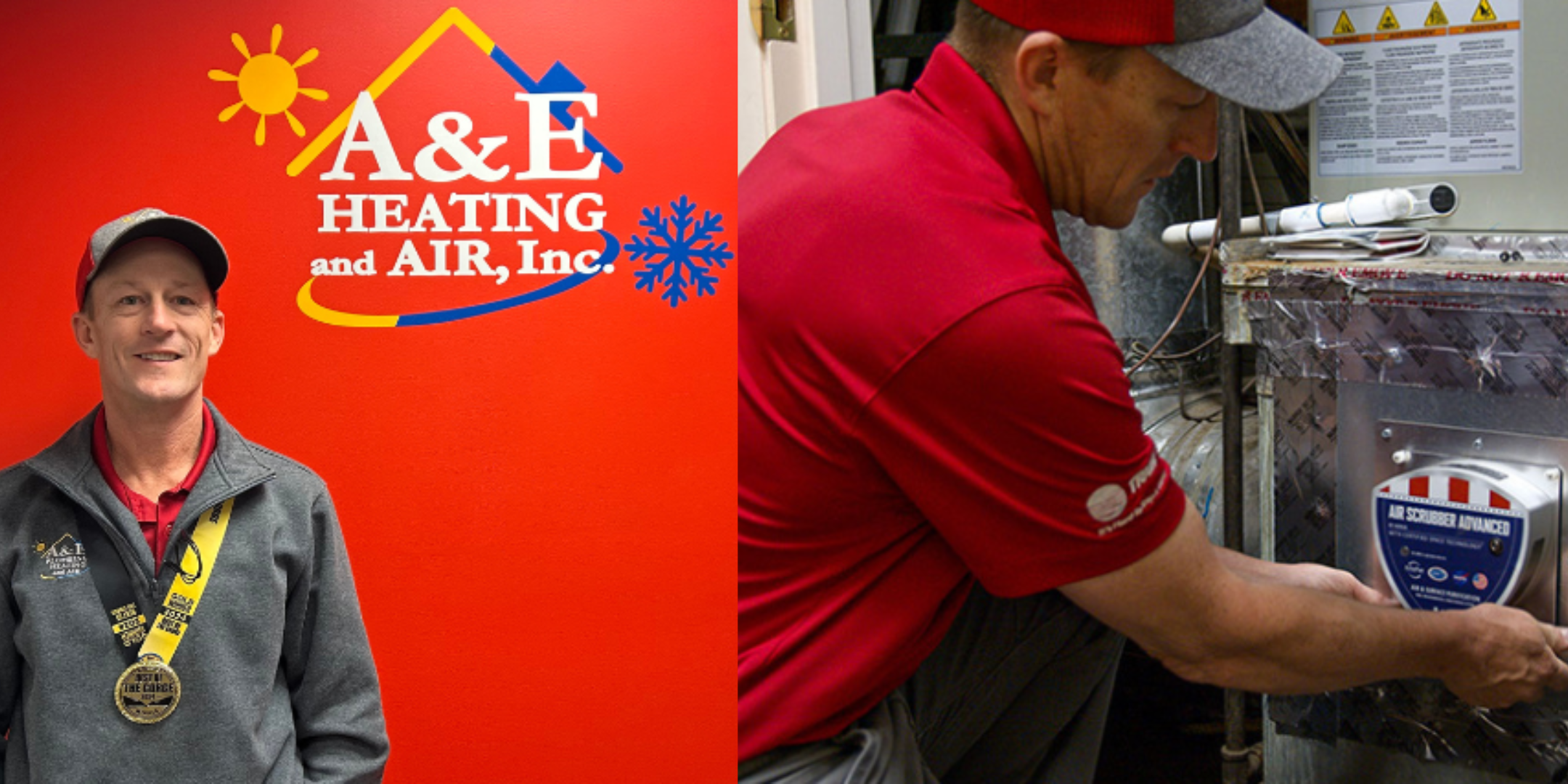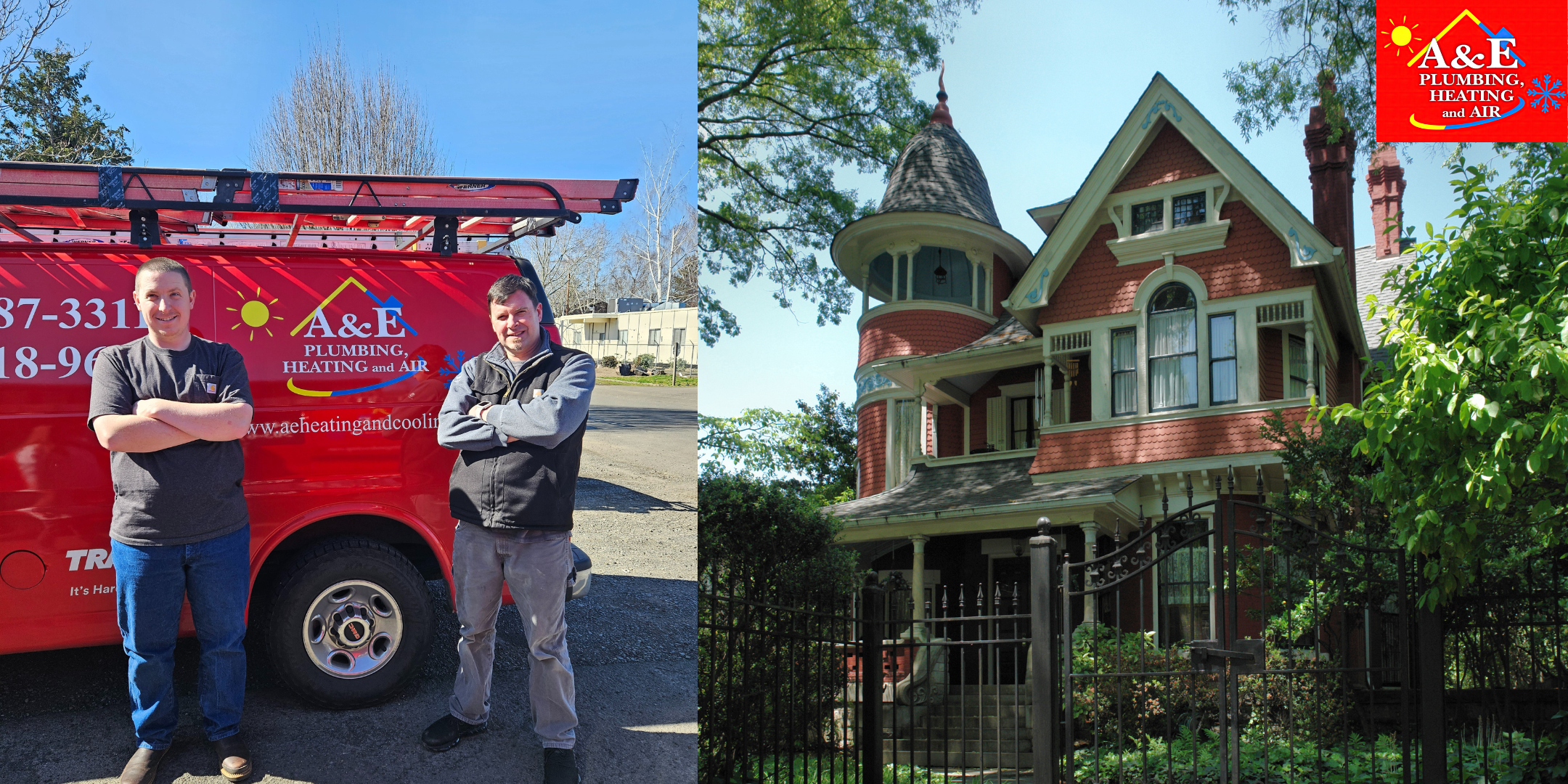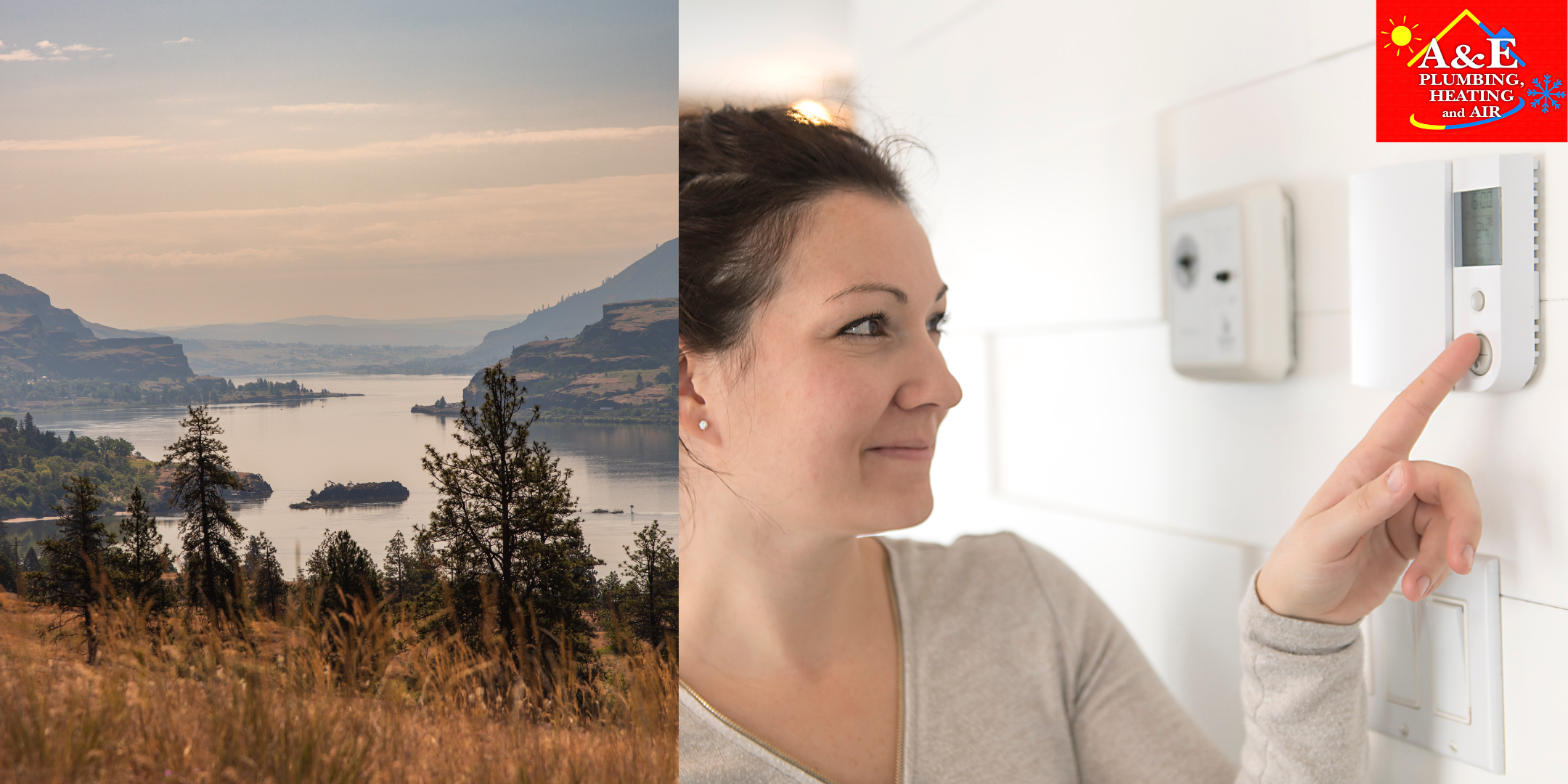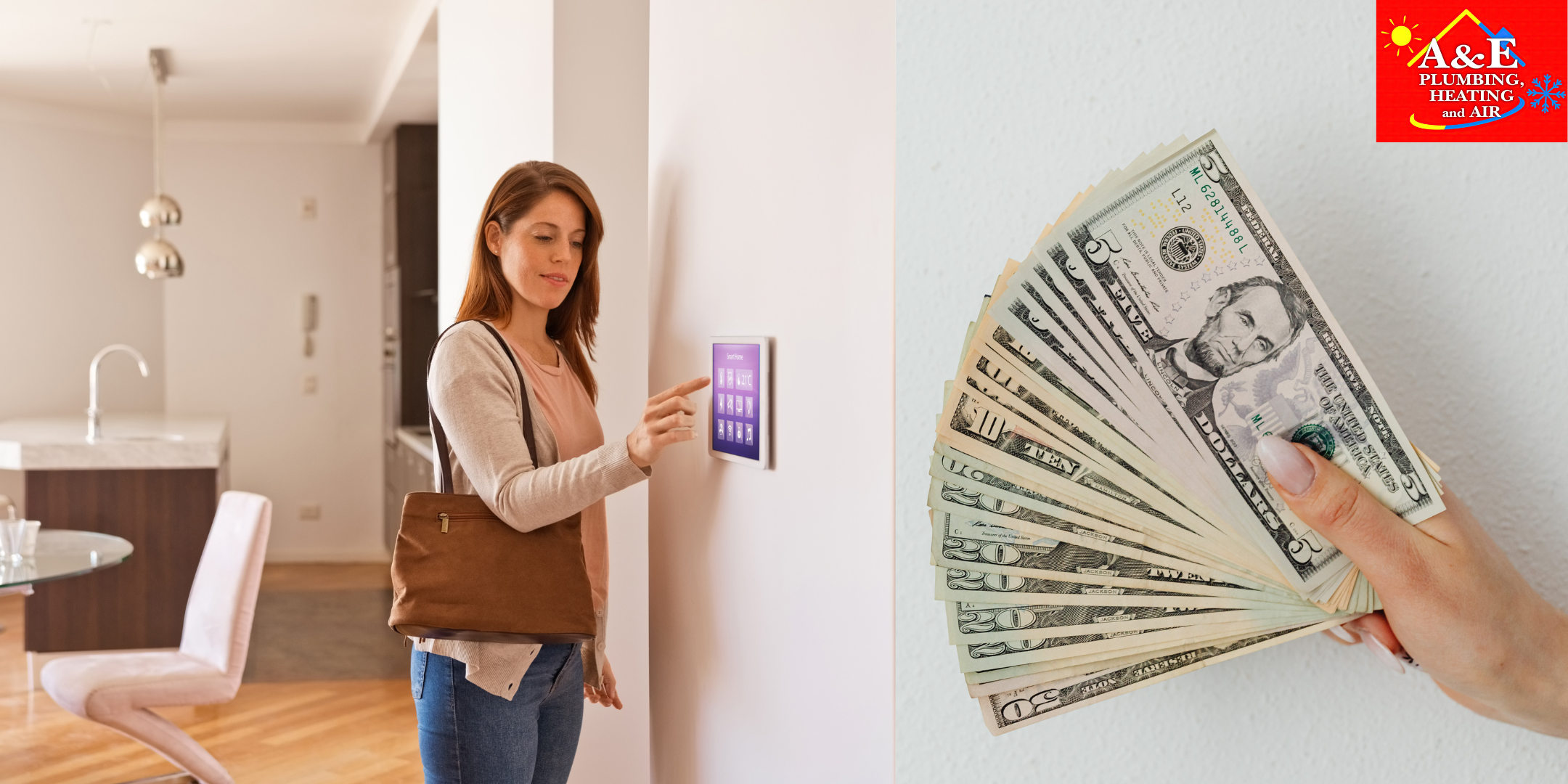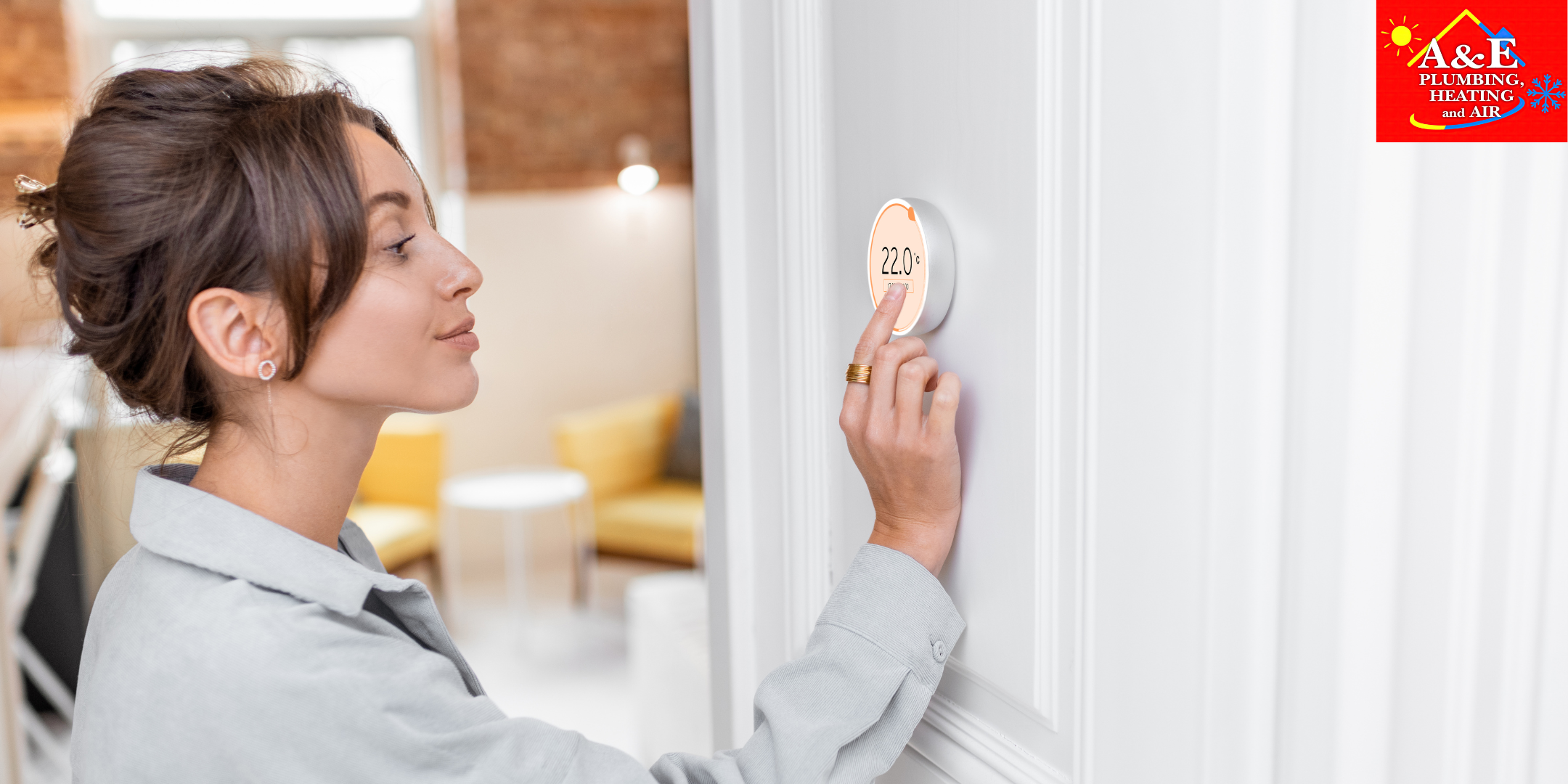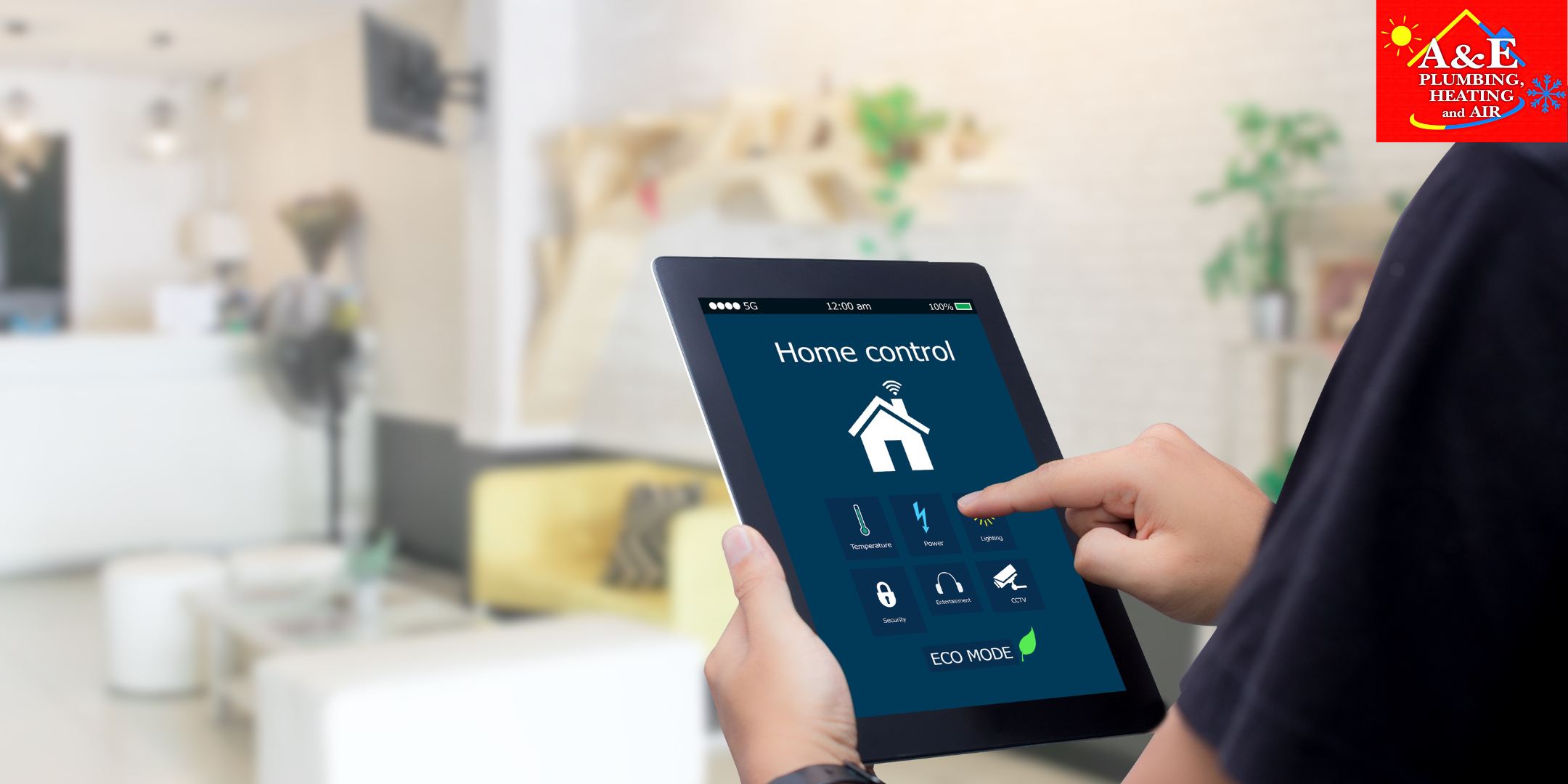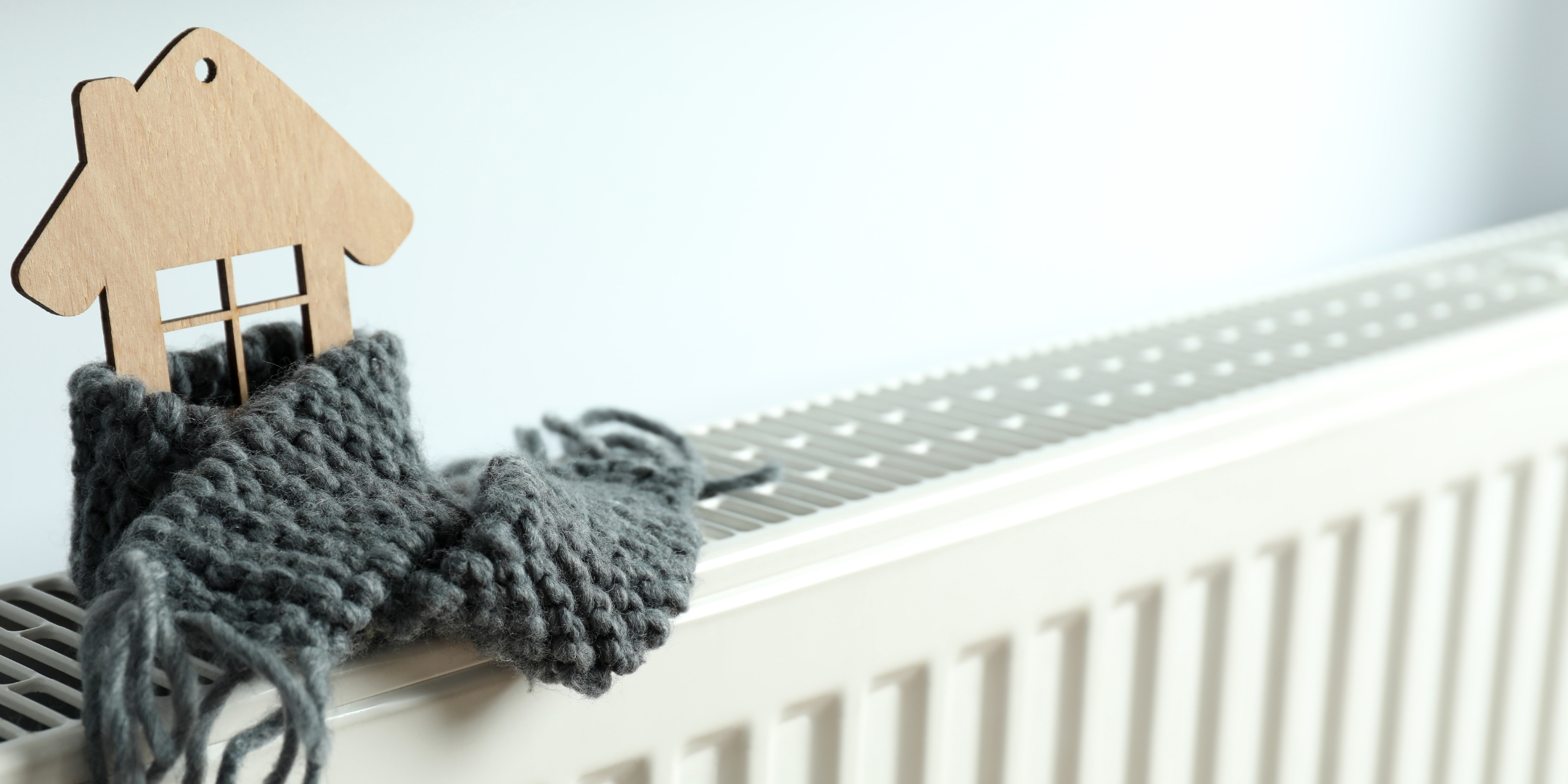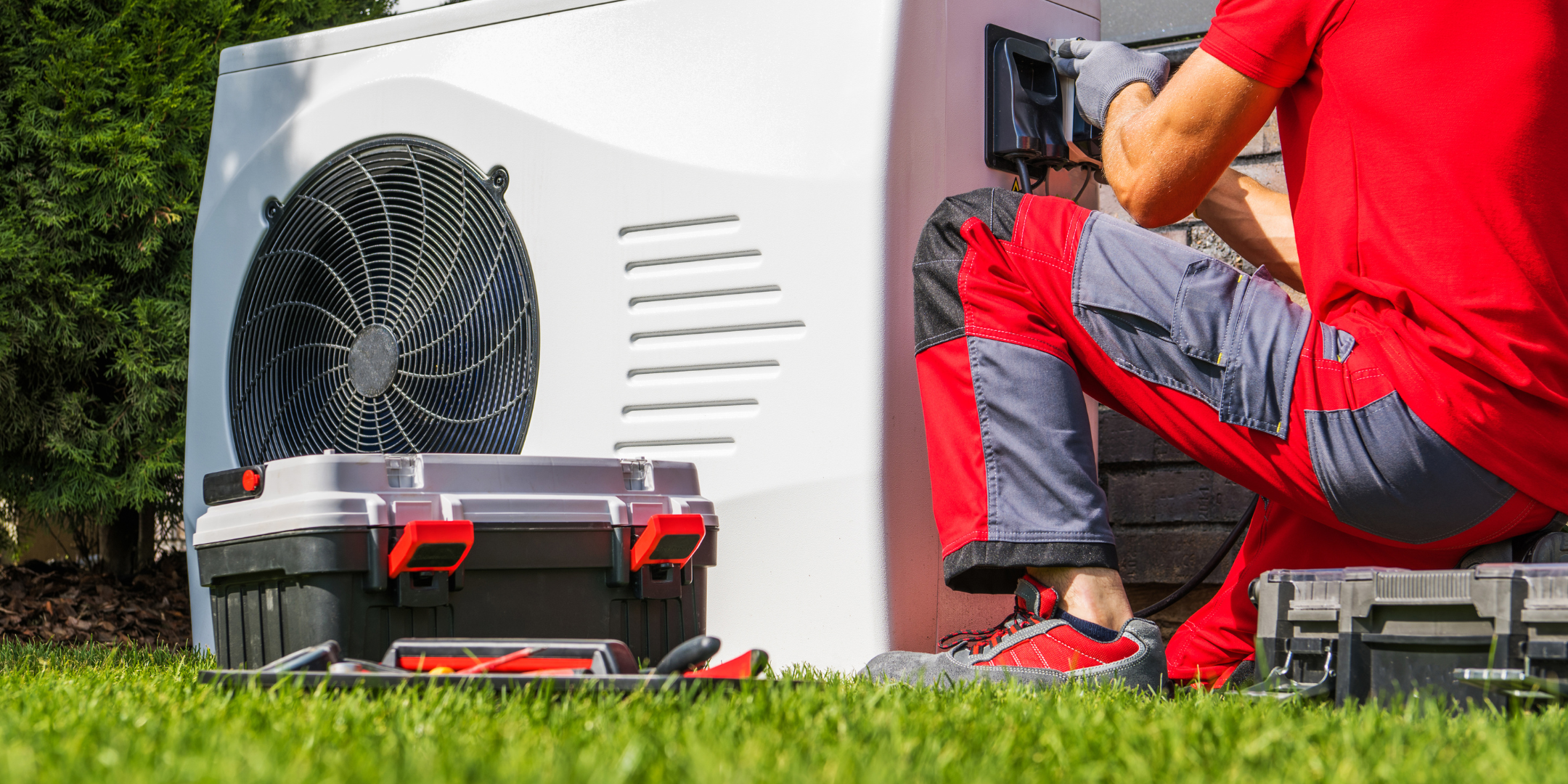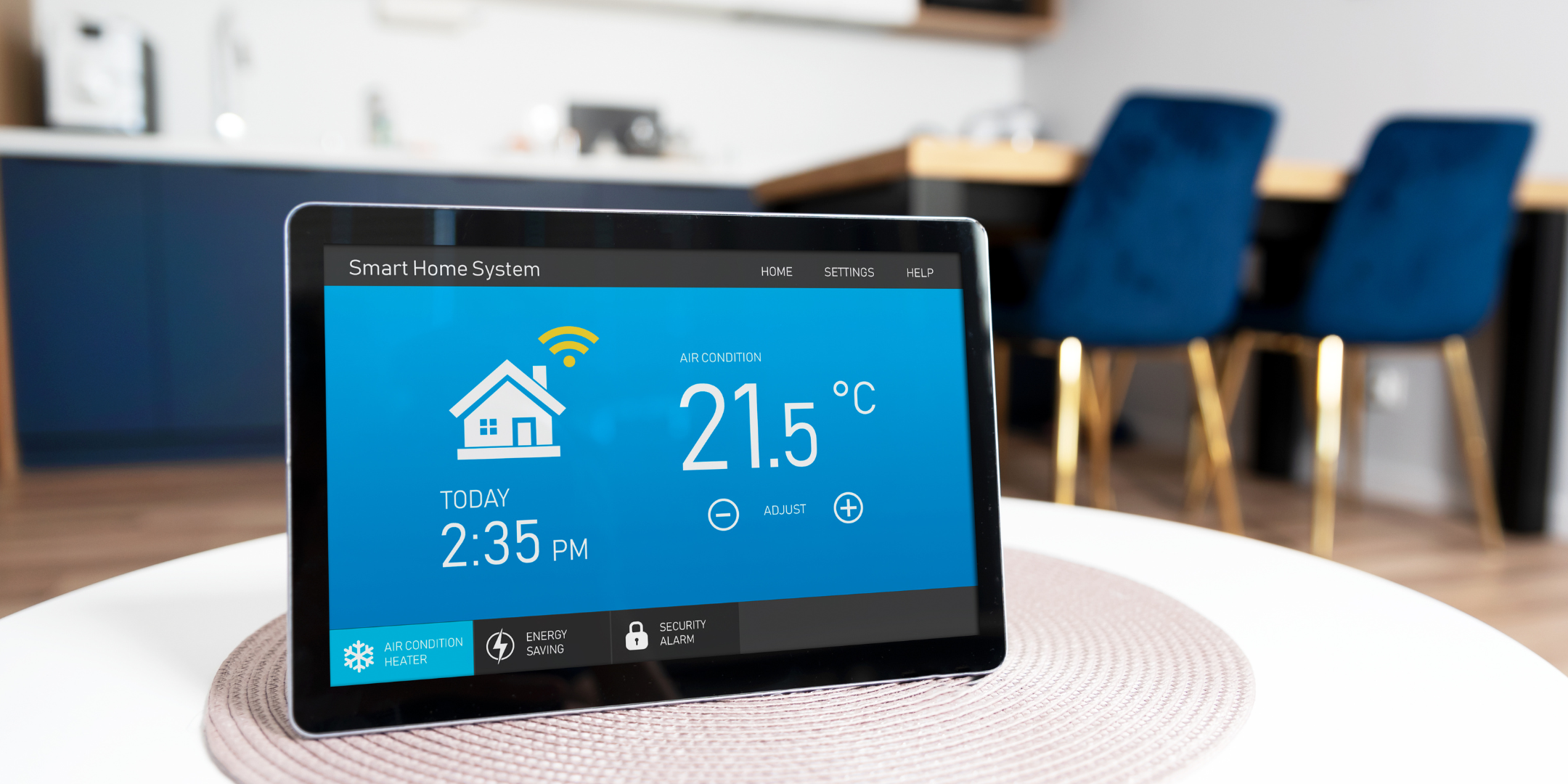HVAC Filter or Purifier? Step One for Cleaner Indoor Air
August 14th, 2025
4 min read
By Daphne Hunt
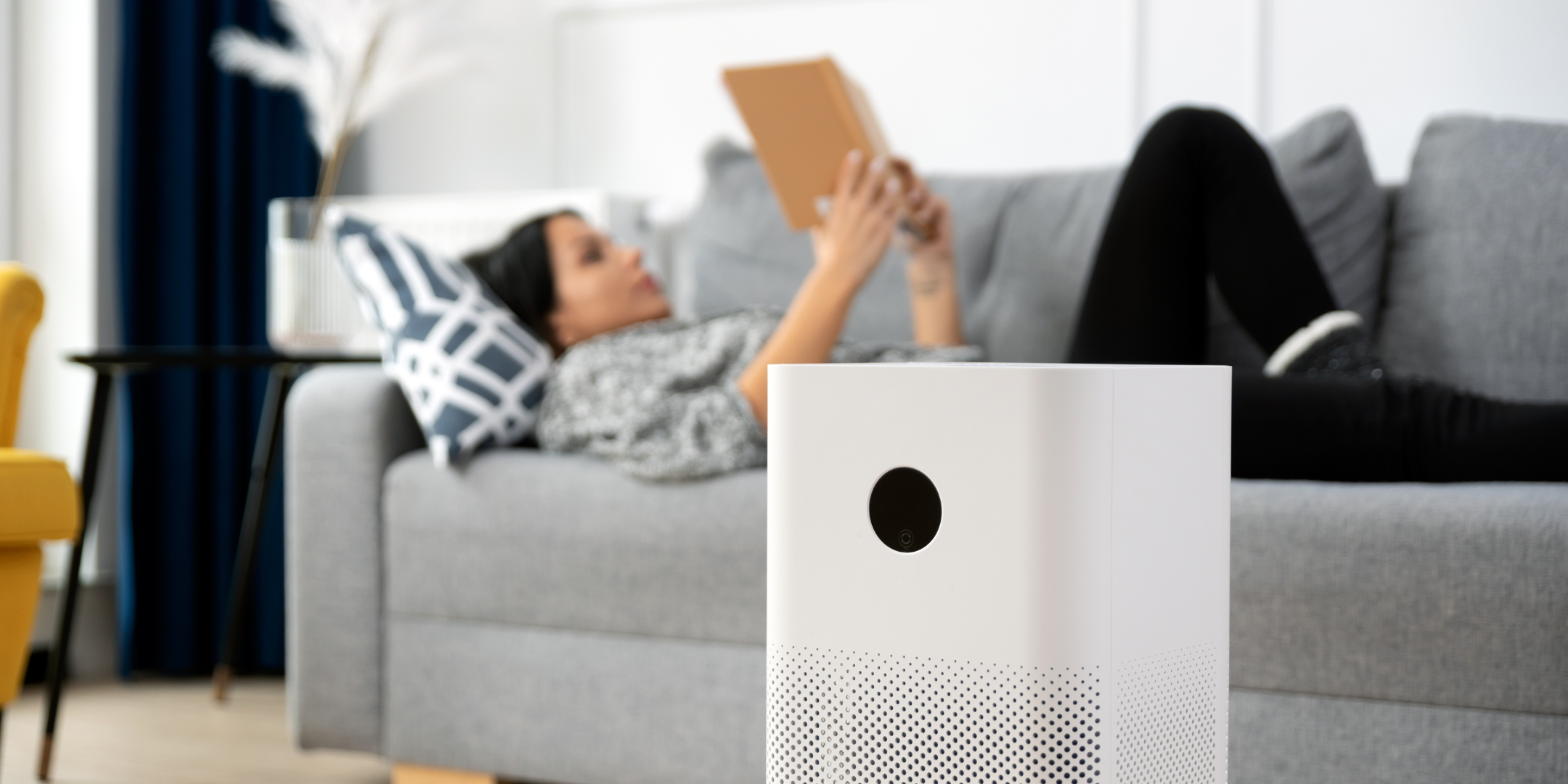
The air in your home might seem fine, but hidden pollutants like dust, pollen, pet dander, and even chemical fumes can quietly build up, affecting how you feel every day. If you’ve noticed more sneezing, lingering odors, or a constant layer of dust no matter how much you clean, your HVAC system could be part of the problem.
fumes can quietly build up, affecting how you feel every day. If you’ve noticed more sneezing, lingering odors, or a constant layer of dust no matter how much you clean, your HVAC system could be part of the problem.
With over 17 years of experience in HVAC and plumbing, we’ve helped homeowners just like you understand what’s really in their air and how to keep it cleaner. By the end of this article, you’ll know exactly how to tell if you need an air purifier, a better filter, or both—and how to make a smart, cost-effective choice for your home’s health and comfort.
Why Air Filtration Matters
Your HVAC system is more than just a way to heat or cool your home—it’s constantly moving air through every single room. Each time it runs, it pulls air in, passes it through a filter, and pushes it back out. When that filtration isn’t effective, the system doesn’t just miss contaminants—it can spread them.
Poor air filtration can lead to more than extra dusting. Over time, it can:
- Allow allergens like pollen and pet dander to circulate, worsening allergy and asthma symptoms
- Leave the air feeling stale or stuffy, impacting focus, energy, and even sleep quality
- Trap odors from cooking, pets, or smoke that never seem to go away
- Cause debris to build up inside the HVAC system, forcing it to work harder and use more energy
The problem with neglected filtration is that it rarely becomes obvious all at once. The changes are gradual, so you may not immediately connect a scratchy throat, lingering smells, or a rise in utility bills to the condition of your HVAC filter. Understanding this connection is the first step in deciding if an upgrade is worth it.
Signs You May Need Upgraded Air Quality Control
Knowing when to replace or upgrade your air filtration isn’t always straightforward. While HVAC professionals can measure airflow and particle capture, there are simple household signs that point to inadequate filtration:
professionals can measure airflow and particle capture, there are simple household signs that point to inadequate filtration:
- Dust returns quickly after cleaning, often within a day or two.
- Indoor allergy symptoms—such as watery eyes or congestion—are more noticeable than when you’re outside.
- Persistent odors from pets, food, or smoke linger despite cleaning or airing out your home.
- Basic fiberglass filters are the only type you’ve ever used in your system.
- No record of duct inspection or cleaning in the last several years.
If you recognize more than one of these issues, your system may not be filtering effectively enough for your home’s needs.
Better Filter vs. Air Purifier: What’s the Difference?
Air filters and air purifiers are both tools for improving indoor air quality, but they target different problems. Choosing the right option—or deciding if you need both—starts with understanding how they work.
Better HVAC Filter
- Installed in your HVAC system so all circulating air passes through it

- Traps particles like dust, pollen, and pet dander as the system runs
- Requires scheduled replacement to stay effective (typically every 1–3 months, depending on type)
- Available in higher MERV ratings to capture smaller particles—when matched correctly to your system’s capacity to avoid restricting airflow
Air Purifier
- Available as portable units for single rooms or as whole-home systems connected to your HVAC
- Uses advanced technology like HEPA filtration, UV light, or ionization to capture smaller particles, neutralize odors, or kill certain microorganisms
- Works in addition to your HVAC filter to provide more thorough air cleaning
- Often recommended in homes with specific concerns such as pet dander, high pollen counts, or smoke exposure
A filter is your main defense for the whole house. An air purifier adds targeted protection, catching what a standard filter might miss.
When a Better HVAC Filter Is Right for You
Upgrading your HVAC filter is often the simplest and most cost-effective way to improve indoor air quality. If you’ve been relying on basic disposable fiberglass filters, you’re getting minimal particle capture—mainly large dust and lint—while smaller allergens and pollutants pass right through. A better filter, chosen with the correct MERV rating for your system, can significantly improve filtration without restricting airflow.
A high-quality filter makes sense when:
- You want noticeable improvement without major equipment changes. Filters are inexpensive compared to installing additional air-cleaning devices, making them a budget-friendly starting point.
- You want whole-home coverage. Because the filter is installed in your HVAC system, it cleans air passing through every duct and vent, not just a single room.
- You prefer straightforward maintenance. Changing a filter typically takes only minutes and doesn’t require special tools or technical skill.
For many homes, upgrading the filter is a first step toward cleaner indoor air. It can also complement other air-cleaning methods, especially in houses where seasonal allergies or dust buildup are ongoing challenges.
When an Air Purifier Is Right for You
An air purifier goes beyond what a filter can do. While your HVAC filter captures particles as air passes through the system, an air purifier—whether portable or integrated into the HVAC—targets smaller, harder-to-capture pollutants and can provide continuous cleaning. Technologies such as HEPA filtration, UV light, or ionization can reduce microscopic particles, neutralize certain bacteria or viruses, and remove lingering odors.
through the system, an air purifier—whether portable or integrated into the HVAC—targets smaller, harder-to-capture pollutants and can provide continuous cleaning. Technologies such as HEPA filtration, UV light, or ionization can reduce microscopic particles, neutralize certain bacteria or viruses, and remove lingering odors.
An air purifier is worth considering when:
- You need enhanced allergen control. Purifiers are effective for removing fine particles like smoke, mold spores, or pollen that can aggravate allergies or asthma.
- Odor control is a priority. If cooking smells, pet odors, or smoke tend to linger, certain purifiers are designed to neutralize these more effectively than filters alone.
- Your home has specific air quality challenges. Households with pets, smokers, or in high-pollen regions often benefit from the extra layer of protection.
For some homes, an air purifier is not a replacement for a quality HVAC filter—it’s an addition. The two can work together, with the filter capturing larger particles and the purifier addressing the finer contaminants and odors, resulting in cleaner, fresher air throughout the home.
When You Might Need an Air Purifier AND Better HVAC Filter
Some homes benefit most from a combination of a high-quality HVAC filter and an air purifier. This is often the case in areas with heavy pollen seasons, households with pets, or situations where health sensitivities require cleaner air. A well-paired system ensures larger debris and microscopic contaminants are both addressed before the air is recirculated.
Your Filter Upgrade Is Step One—Here’s Step Two
When you first started reading, you may have been wondering if your current air filtration was doing enough or whether an air purifier or upgraded filter could make a meaningful difference. Now you know how each option works, how to spot the signs your home might need better filtration, and when combining the two can give you the best results.
enough or whether an air purifier or upgraded filter could make a meaningful difference. Now you know how each option works, how to spot the signs your home might need better filtration, and when combining the two can give you the best results.
But installing the right solution is only part of the equation—keeping it performing well over time is just as important. Regular system care ensures your filters and purifiers work at their highest efficiency, maintains your HVAC system’s airflow, and helps you avoid the slow decline in performance that can happen without ongoing maintenance.
That’s where structured maintenance plans, like a whole-home protection membership, come in. They take the upkeep off your to-do list while helping you maintain cleaner air, lower utility bills, and fewer costly repairs. In the next article, Say Goodbye to Dusty Air and High Bills with the Comfort Club, we’ll show you exactly how the Comfort Club membership can make that level of care simple, consistent, and cost-effective.
Daphne Hunt holds a bachelor's degree in English and Mass Communication and has a lifelong passion for writing. She thrives on using her skills to craft compelling pieces that inform, inspire, and connect with readers.
